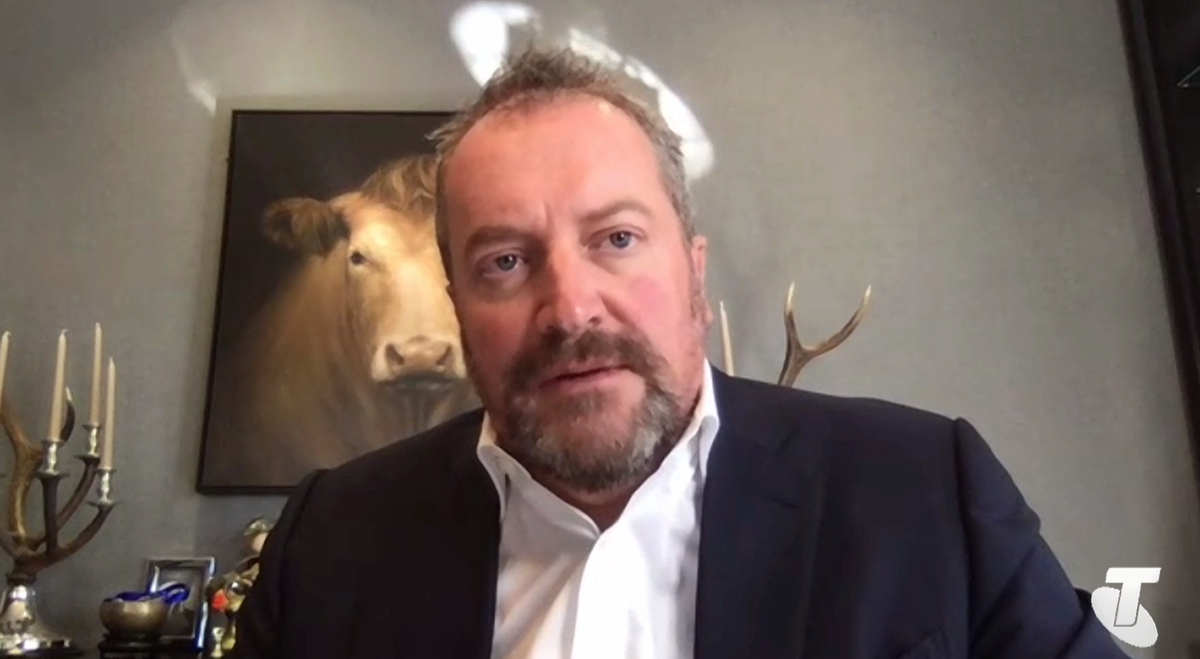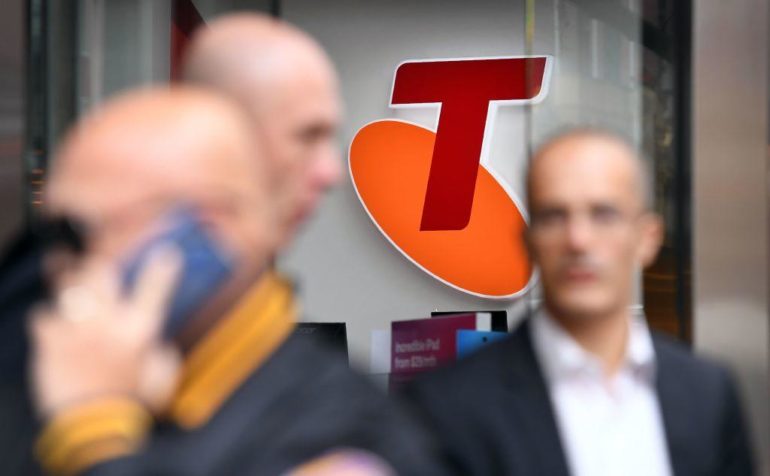Telstra CEO Andy Penn was upbeat on Thursday, as he delivered the company’s full year results to June 30.
“We stayed disciplined on the execution of our T22 strategy through uncertain times, our hard work is paying off and the turnaround is here,” the CEO said.
The numbers themselves make for much more sobering reading, with declines across the board continuing from last year and improvements few and far between.
Overall revenue for the company was down almost 12% to AU$23.1 billion, earnings before interest, tax, depreciation, and amortisation (EBITDA) dropped by the same percentage to AU$7.4 billion, and with an income tax reduction of 44% to AU$500 million compared to last year, Telstra was able to walk away from 2021 saying it had increased net profit 3.4% to AU$1.9 billion.
Breaking down its revenue, Telstra saw a 1.7% decline in postpaid mobile to AU$4.8 billion, mobile broadband fell 4.4% to AU$612 million, and hardware sales plummeted 24.5% to AU$2.3 billion. Headed in the other direction, prepaid experienced a 4.7% increase to AU$809 million, mobile wholesale jumped 20.8% to AU$267 million, and IoT revenue was up 1.2% to AU$246 million.
All up it meant mobile contributed 8.1% less revenue this year, ending on AU$9.3 billion.
Positively for the company, average revenue per user (ARPU) increased 1.3% to AU$48.16 a month for postpaid, and prepaid jumped 12.7% to AU$21.46 a month.
Telstra now has 8.585 million postpaid services, an increase of 101,000 which consisted of 67,000 Telstra-branded services and 34,000 from Belong, while prepaid dropped 4.9% year-on-year to 3.157 million, and 135,000 mobile broadband services ended leaving the company with 3 million. Internet of Things connections grew 23.6% to 4.68 million over the past year, and wholesale mobile customers increased by 240,000 to 1.75 million.
“We continued to see strong customer growth in mobiles albeit there is no doubt the market has slowed considerably due to COVID,” Penn said.
“This has included the sharp reversal of net immigration and population growth in Australia as well as hardware supply shortages.”
Penn also highlighted a revenue increase in mobile service of 3.7% for the second half, the first in four years, and added that increase sales of Telstra-branded postpaid showed its success in 5G.
“Our competitors like to talk up their 5G networks, but they’re not in the same league,” he said.
“Our 5G network is now more than twice the size of our next nearest competitor. We cover more than 75% of the population and our customers know this coverage matters, with more than 1.6 million 5G devices on already connected.”
The company’s fixed line performance had fewer bright spots than mobile, with consumer and small business revenue down 6.8% to AU$4.7 billion, enterprise experienced a 9.3% decline to AU$3.7 billion, and wholesale down 27.6% to AU$1.36 billion. For EBITDA, consumer and small business collapsed to 52% to AU$273 million, enterprise dropped 23% to AU$887 million, and wholesale fell 31% to AU$621 million.
Similar declines were seen across the number of services in the fixed segment, consumer and small business saw bundles and standalone data from 1.9% to 3.64 million, standalone voice fell 40% to 416,000, and Foxtel from Telstra customers dropped 16.5% to 528,000; enterprise dropped 7.4% to 188,000 services, and wholesale saw 65.5% of fixed legacy services drop to 248,000 and wholesale data and connectivity fell by 11.4% to 31,000 services.


Telstra enterprise group executive David Burns
Image: Telstra
Telstra said it believes it has absorbed 90% of the migration headwinds from its fixed business being replaced by NBN Co.
As the company closes in on the back end of its T22 strategy, Penn said the company has reduced its direct workforce by 8,000 net jobs, while surpassing its 1,500 new hires target in areas such as software engineering, data analytics, cybersecurity, and artificial intelligence.
“We have cut our workforce by one third reducing our direct and indirect headcount by more than 25,000 in response to the transfer of a material part of our business to the NBN and from our digitisation and efficiency initiatives,” he said.
“We have removed on average more than four layers of management.”
Penn added the company now had 17,000 people across the company working in an agile way, as well as removing clauses from employment contracts stating which offices employees had to work from.
“It is clear in my mind that initially we did not respond quickly or significantly enough to the reality of the impact of the NBN on Telstra which, as you know, has a negative impact on EBITDA of at least $3.5 billion per annum,” he said.
“Before T22 we were not focussed enough on transforming and improving the core business to mitigate this, we were too dependent on investments outside of the core.”
In an update on its plan to pull all Telstra-licensed stores back under its ownership, Telstra said it reached agreements with most licensees.
The company had planned to put its planned restructuring up for a shareholder vote at its AGM in October, but those plans were ditched with the telco saying it was now going to do it at a separate meeting before the end of the year.
Under the plan, Telstra would restructure into fixed, tower, and service entities. The service entity would gain the bulk of Telstra, owning its retail business, active electronics and radio access network, spectrum, as well as offering services and products to customers. The existing Telstra corporate body and its debt would sit with InfraCo Fixed.
In June, Infra Co Towers sold a 49% stake of itself for AU$2.8 billion to a consortium including the Future Fund, Commonwealth Superannuation Corporation, and Sunsuper.
Broken out on its own, InfraCo saw revenue fall 19.7% to AU$3.75 billion, and EBITDA drop 3.4% to AU$2.6 billion. The revenue consisted to AU$2.2 billion in passive income, up 0.9%, and InfraCo Towers seeing revenue increase 4.3% to AU$340 million.”
“Our networks remain Australia’s biggest and best. Agile is transforming how we work and, combined with our hybrid working model, is helping our people to feel supported and perform at their best notwithstanding COVID related restrictions,” Penn said.
Looking ahead, Telstra said it would improve its customer experience, especially for regional customers, complete its digitisation program, introduce standalone 5G, and complete its restructure.



